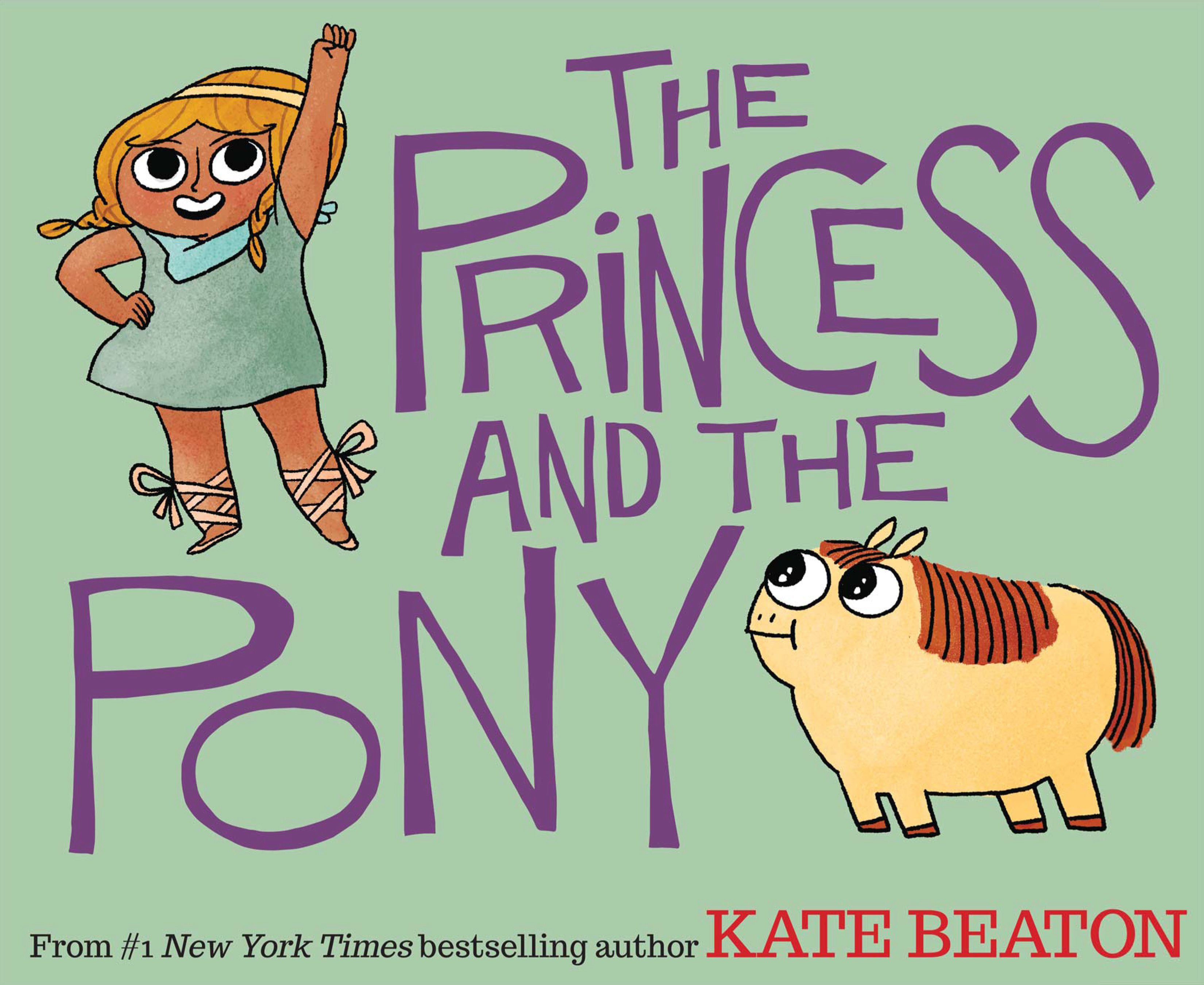
A few weeks back I was scanning the shelves of the juvenile non-fiction section at the local library when a book caught my eye: The Kid Who Named Pluto, and the Stories of Other Extraordinary Young People in Science. I had never heard that a kid named Pluto, could that be true? I tossed the book in my bag.
Our son picked the book up a few days later and then asked me to read him one of the chapters titled, “The Curious Girl Who Discovered Sea-Monster Skeletons.” The chapter told the story of Mary Anning, a young girl who grew up in Lyme Regis, England, in the early 1800s. The cliffs of Lyme Regis were filled with fossils. At the time of her childhood, scientists were just figuring out that fossils were the remains of prehistoric animals, and not left behind by supernatural creatures such as dragons.

When Mary was eleven, her father died and she started to fossil hunt as a way to help the family make ends meet. She was a skilled excavator, and at twelve years old she and her brother discovered the world’s first ichthyosaur skeleton. A few years later she discovered the first skeletal remains of a strange creature that scientists named “plesiosaur.” She went on to discover the remains of a flying reptile, the pterodactyl.
I was blown away. We have no fewer than ten dinosaur encyclopedias in our house, have been to many dinosaur exhibits at well known natural history museums, and we have never stumbled across Mary’s story. I was fascinated and hooked.
There is the chapter about young Robert Goddard. Too sick with tuberculosis to go to school, he stays home for months at a time devouring science books. One day he reads From Earth to Mars by Jules Verne, and dreams of creating a rocket. His father is impressed with his son’s ambition and gets him more books, a microscope, a telescope, and subscriptions to science magazines. Despite being more than two years behind in school, he manages to eventually get his Ph.D. in physics and is now know as the “father of space flight.”

The chapter that lends the book its title is full of great astronomy history. In 1929 a ninth planet was discovered in our solar system. The official announcement of “Planet X” to the public was made in 1930, and a wave of global excitement to find a proper name for the planet immediately followed. An eleven-year-old English girl delved into her knowledge of Greek Mythology and decided on Pluto. She told her father her reasons, and he thought they were brilliant. He telegraphed the observatory, and the rest is history.
Each chapter is filled with history and fascinating science facts. Ever hear about the twelve-year-old Midwestern farm boy that found a stack of books about electricity in the attic of the new family home? He became obsessed on the topic of electric currents, and one day while plowing his father’s fields he devised the electrical configuration that eventually led to the invention of television. There is also the story of a twelve-year-old girl’s science fair project that led to her creating a new encrypting code that rivaled the existing system for encoding data. The nine chapters that round out the book include one on Isaac Asimov, and another about Louis Braille.

I was inspired by this children’s book for many reasons. I am a science geek, and I just loved reading about the kids that delved head first into their passions and changed the world. The book is also a great reminder for us as parents to encourage our kids to follow their passions, and the book can inspire kids to follow their dreams. The book is great for kids and adults interested in the history of science. My kids really enjoyed hearing the stories of Louis Braille and Isaac Asimov. They also loved the story of Mary Anning.
In the book’s introduction, the author says that the kids featured in the book, “…had two things in common. They believed in themselves and they worked hard.” I definitely agree. However, there seems to be one additional commonality. The kids featured in the book were encouraged to follow their passions by the adults around them. Isaac Asimov’s parents were poor, but encouraged him to read everything and anything that he wanted to from the library. Many of the kids were also self-taught. Philo Taylor Farnsworth’s family allowed him to tinker and motorize every farm tool. They even lined up, held hands, and let him shock them to demonstrate how a circuit works. While home sick from school for months, Robert Goddard’s parents allowed him to build a lab in the house.
Many of the kids featured in the book worked mostly on their own, guided and encouraged from a distance by the adults around them. They learned complex science and math because they wanted to. They delved deep because their parents and teachers gave them the time, space, and encouragement that the they needed and wanted. They weren’t led to believe that they were “just a kid.” Working hard and believing in yourself is vital, but sometimes for kids to reach their full potential, they need us adults to encourage them, and then just get out of their way.


